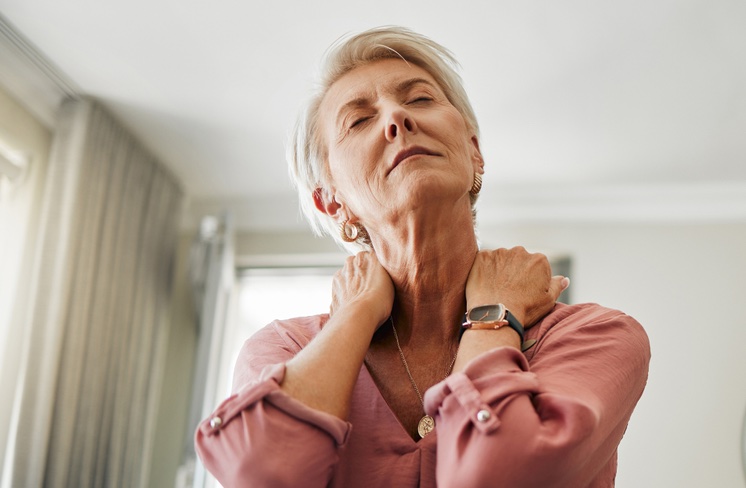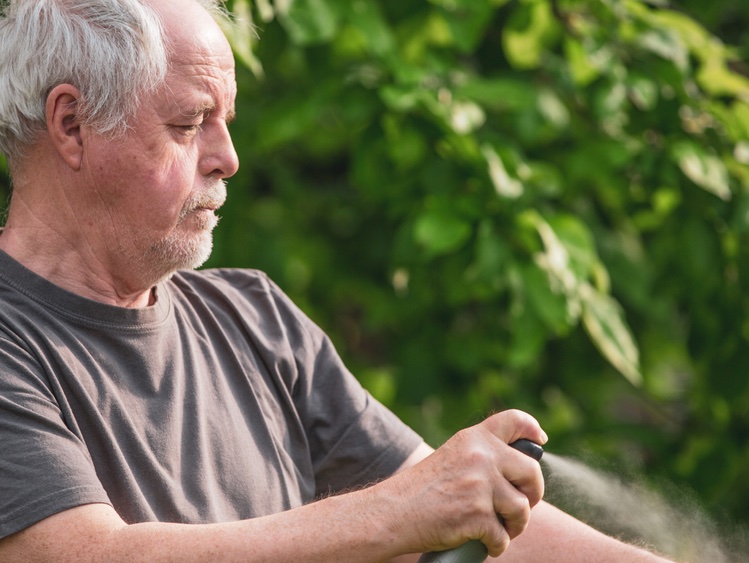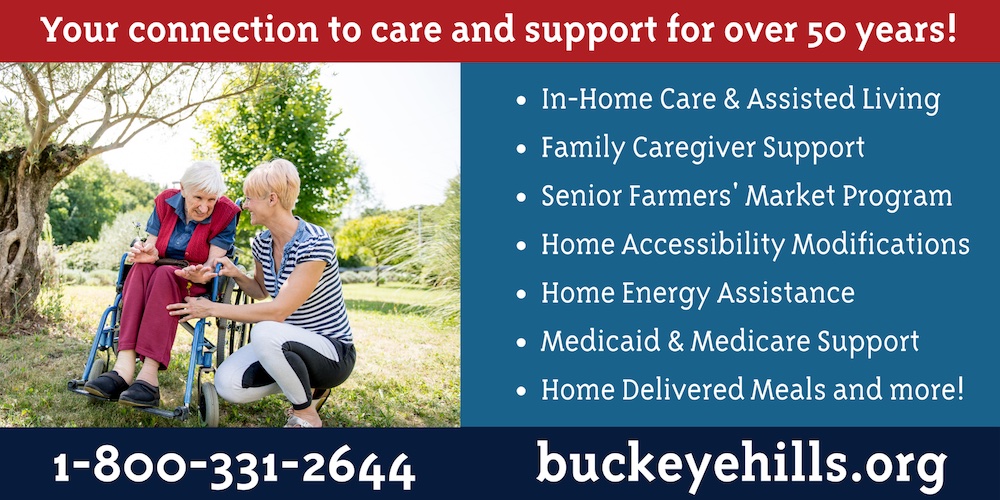
Skin Care-Avoiding Pressure Sores
We have all experienced the feeling of sitting or lying in one position too long and having a painful or numb red spot. In someone who spends most of the day in bed or in a wheelchair, that spot can become a pressure sore.
Pressure sores (also called decubiti or bed sores) are blisters or breaks in the skin caused when the body’s weight presses blood out of a certain area.
The most likely people to get pressure sores are those who are low weight, overweight, malnourished, diabetic, dehydrated, or whose bodies retain fluids. The best treatment for pressure sores is prevention. How much time they take to heal depends on how advanced the condition is.
Overview
- The most common areas for sores are the bony areas—tail bone, hips, heels, elbows, shoulder blades, on the back of arms and on legs where they resut on the chair. (See illustration.)
- Sores can appear when the skin rubs repeatedly on a sheet.
- The skin breakdown starts from inside, works up to the surface, and can occur in just 15 minutes.
- Damage can range from a change in color in unbroken skin to deep wounds down to the muscle or bone.
- In light-skinned people, in the first stage, a sore may change skin color to a dark purple or red area that does not become pale under fingertip pressure. In dark-skinned people, this area may become darker than normal.
- The affected area may feel warmer than surrounding skin.
- Untreated pressure sores can lead to hospitalization and can require skin grafts.
Keeping Skin Healthy
It is easier to prevent a pressure sore than to sure cure it so, check the skin daily. Bath time is the ideal time to do this without causing a person discomfort.
- Provide a well-balanced diet, with adequate vitamin C, zinc, and protein.
- Keep the skin dry and clean. Urine and stool left on the skin can cause sores and infection.
- Keep clothing loose.
- If splints or braces are used, make sure they are adjusted properly.
- Turn a bedridden person at least every 2 hours, alternating positions.
- Lightly tape foam to bony sections of the body using paper tape, which will not hurt the skin when peeled off.
- Use flannel or 100% cotton sheets to absorb moisture. Keep wrinkles out of sheets.
- Rent an electrically operated ripple bed (with sections that inflate alternately).
- Avoid using a plastic sheet or a Chux if they cause sweating.
- When the person is sitting, encourage changing the body position every 15 minutes.
- Use foam pad or sheep skin on chair seats to cushion the buttocks.
- Change the type of chair the person sits in; occasionally try an open-back garden chair.
- Provide as much movement or exercise as possible.
- If a person tends to scratch or pick at a spot, have him wear cotton gloves. (Make sure the hands are clean and dry before putting the gloves on.)
Remember, good nutrition is key to preventing and curing pressure sores.
Seek immediate medical care if you see signs of infection, such as a fever, drainage from a sore, a sore that smells bad, changes in skin color, warmth or swelling around a sore. Follow the doctor’s or nurse’s treatment plan in applying medication to sores and bandaging the areas to protect them while they heal. To reduce the chance of infection, provide all care while wearing gloves.
- Do not position the person on his bony parts.
- Do not let the person lie on pressure sores.
- In bed, change positions at least every two hours.
- Follow the doctor’s or nurse’s treatment plan in applying medication to sores and bandaging the areas to protect them while they heal.

Taking Care of Yourself-Stress Busters
Studies show that on average, women experience more stress than men because of the multiple roles they have to juggle—wife, mother, caregiver, plus hormonal changes such as menopause, and perhaps entering the workforce for the first time. Some stress is good for us—it helps us get things done. But too much causes exhaustion and ultimately illness.
So, let’s get the avoidable stress out of our lives:
- Make a list of what stresses you. Now highlight which stressors you can change. Write one thing you are going to do to remove that stressor.
- Limit foods that increase stress such as caffeine and sugary foods and drinks.
- Release stress physically by stretching, deep breathing or—a brisk walk.
- Join a support group or start your own. Find people who have similar challenges and share solutions or just release your feelings in the group.
Take charge of your life. and start today with only one small thing you are going to do to reduce the pressure in your day.

Memory Care – For a Calmer Atmosphere
For an important treatment, say “This is for your protection,” and proceed with what needs to be done. If the person express an unrealistic desire, avoid challenging her and use positive statements such as “Let’s stay inside” instead of “Don’t go outside.”
Safety Tips- Dry SKIN
Dry skin is more common as we age because of age-related thinning of the skin and the skin produces less of the oils needed for the skin to retain water. Dry skin can easily become infected. Follow these tips to feel comfortable.
- Use a humidifier in the winter or keep bowls of water near the heating vents.
- Take only short, lukewarm showers and baths. Hot water washes away our natural oils.
- Use soaps with moisturizers.
- Wear gloves when washing dishes and cleaning.
- Use moisturizers often during the day. Keep a jar in many areas of the house.
- Use lipstick or lip balm on lips.
- Practice sun protection year round.
Provide plenty of fluids—especially water, which won’t add calories or caffeine!
